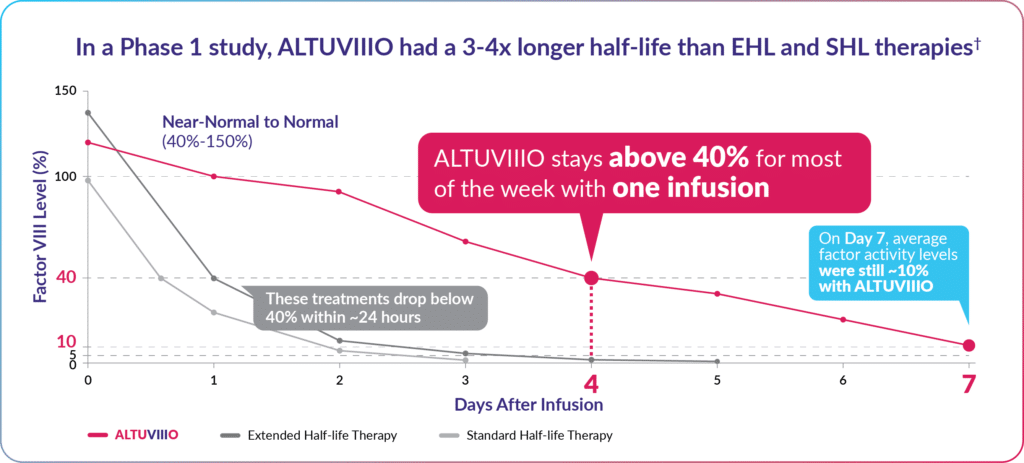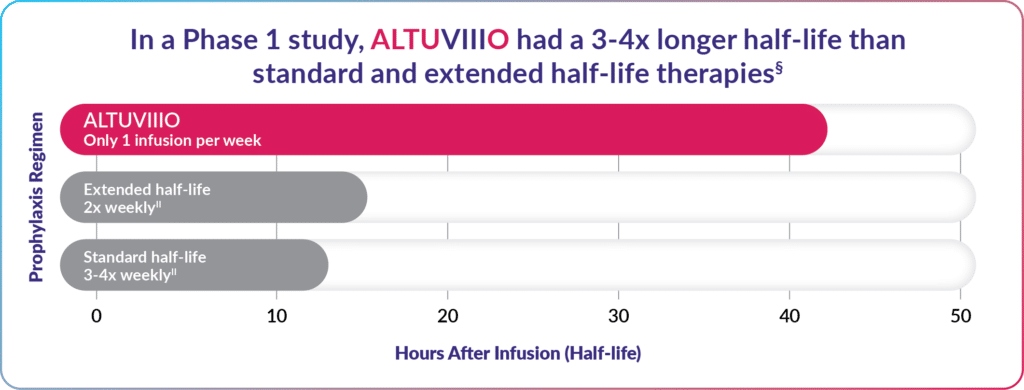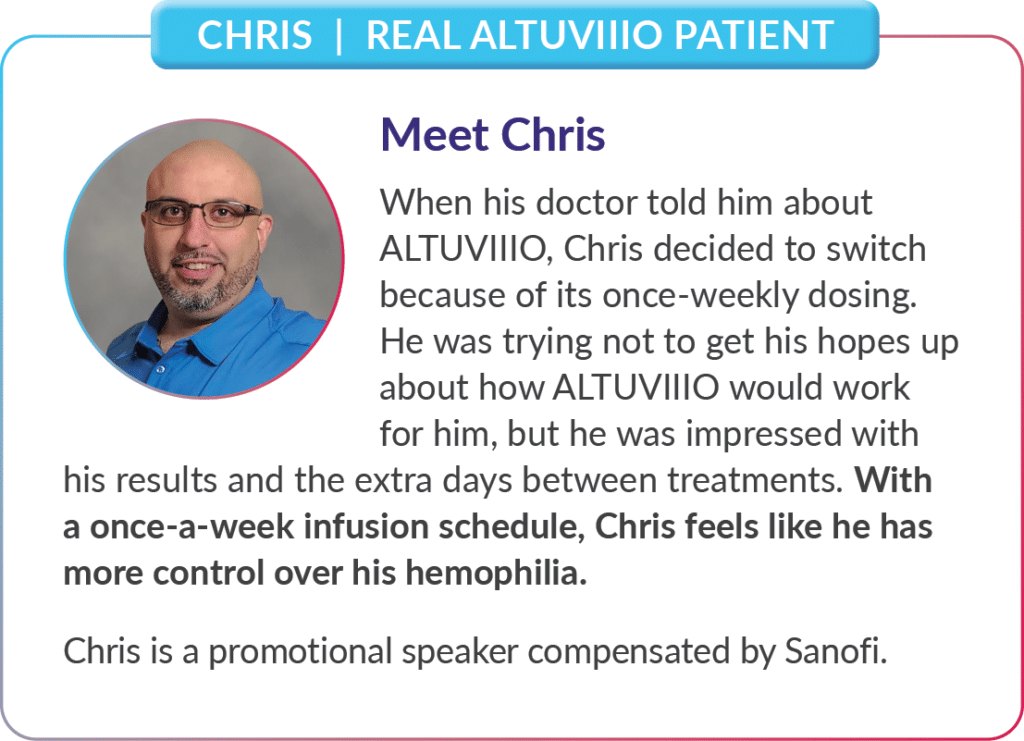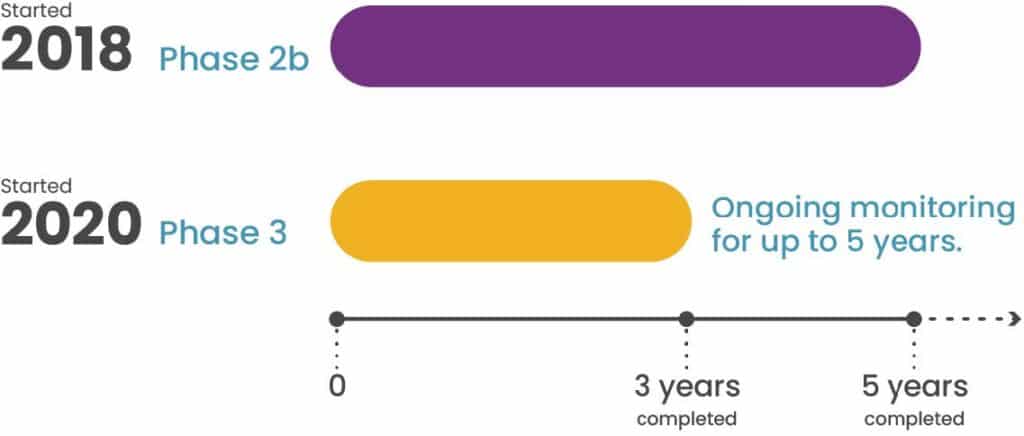Hem Sessions
Hem Sessions Redefines Life with Bleeding Disorders Through Music
The possibilities of life with hemophilia are changing and expanding every day. Finding—and using—your voice can help shape the life you want and overcome the challenges to get there. Now, voices like yours are turning into songs.
Hem Sessions is a compilation album made in collaboration with musicians, producers, and people living with hemophilia. The stories told through lyrics are vulnerable, relatable, and authentic. “Throughout the album, you hear the individual human beings, their soul, their heart, and everything that they told us about their life experience,” said Chris Clark, a producer on the project.
In many tracks, themes of loneliness and fragility give way to independence, confidence, and boundless opportunity. Spanning personal experiences and genres like pop-punk, Latin pop, electronic, and country, the album is also a lesson in understanding for those outside the hemophilia community.
Ahead, we break down three songs from Hem Sessions, diving into the powerful stories, the recording process, and the voices who made it all possible.
Raising the voices of women with hemophilia
Stormy thought she was just a carrier of hemophilia, despite a litany of health challenges: blood transfusions following minor surgeries, miscarriages, 45- to 50-day periods, a hysterectomy at age 33. It wasn’t until she spent time with women in the hemophilia community that she considered getting tested and was ultimately diagnosed. For Stormy, it answered a lot of questions. It gave her space to move forward—at first.
A hemophilia diagnosis wasn’t enough to get proper treatment. She struggled to find a healthcare provider that would listen. By attending events, doing research, and becoming more involved in the hemophilia community, Stormy learned to speak up for herself. “It’s been a long, hard road,” she said. “But it’s been fulfilling because I found a voice that I never would’ve had.”
The song “You Are Not Alone” encapsulates her experience and a message of solidarity. It’s a response to every woman who has felt misunderstood or pushed aside throughout their journey with hemophilia—and a heartfelt thank-you for the community that surrounds her. “You’re not alone. We’re here. We’re by your side,” she said. “We will walk this with you.”
Knowing yourself and your strength
In the fourth grade, Benton’s teacher introduced him as the student with a “very special disease called hemophilia.” She told the class they shouldn’t touch him. This was the 1990s, on the heels of HIV infections in the community. Most people just didn’t get it. It was easier to tell Benton to stand in left field, both literally and figuratively.
Flash forward to today, and Benton still finds himself dispelling misconceptions, even in close relationships. “Once people find out that I have hemophilia, they believe that I’m going to be fragile or delicate, that I’m going to be injured very easily,” he said. “They’ll go, ‘Are you okay? Can you handle this?’ And I’m like, ‘Yeah, I’m a human being.’”
It’s changed how Benton talks about his condition. He’s learned to gauge situations when he should advocate for himself and times to draw less attention to his hemophilia.
This is the root of the song “I’m Fine,” inspired by Benton’s experience and musical influences. The electronic track draws samples from his conversations, knocking the notion that people with hemophilia are delicate—and encouraging others to trust that they know their limits, their body, and their condition. “The world thinks [people with hemophilia] are made of glass,” said producer Chris Clark. “But they’ve learned to be made out of stone.”
Discovering growth in adventure
Travis has always loved two things: music and nature. Both worlds collided at the hemophilia summer camp he attended as a kid in Michigan, where he was known as “the kid with the guitar.” Surrounded by nurses, medical students and staff, counselors, and kids his age who also had bleeding disorders, Travis found both audiences and teachers. The camp community encouraged his love for music, provided a safe space for adventures, and taught him how to self-infuse. The latter opened a world of possibilities.
Today, he takes two camping trips every year. He’s put in the work to feel confident that he can take care of himself, even way out in the wilderness. The challenge of learning to self-infuse led to a feeling of relief, strength, and growth. This experience comes to life in “Calm After the Storm,” the song Travis co-wrote and performs on Hem Sessions.
“You’ve got your tent, your rain gear, enough stuff to be comfortable no matter what,” he said. “That moment when the storm lifts and you see the sun come out, it’s something that you earned because you had to prepare to get there. That’s what self-infusion does for me.”
Tune in
Visit RedefiningHemophilia.com to listen to Hem Sessions, watch behind-the-scenes videos of the recording process, and access more resources to help you navigate life with hemophilia.
MAT-US-2402885-v1.0-04/2024

![Sanofi_LAKelley_June_Image_FINAL_02APR2024 (1)[28] Sanofi_LAKelley_June_Image_FINAL_02APR2024 (1)[28]](https://www.kelleycom.com/wp-content/uploads/elementor/thumbs/Sanofi_LAKelley_June_Image_FINAL_02APR2024-128-qoyywjd7hoc295s0nnqgqe44kfo4zj6bm5jpa0yvnu.png)










